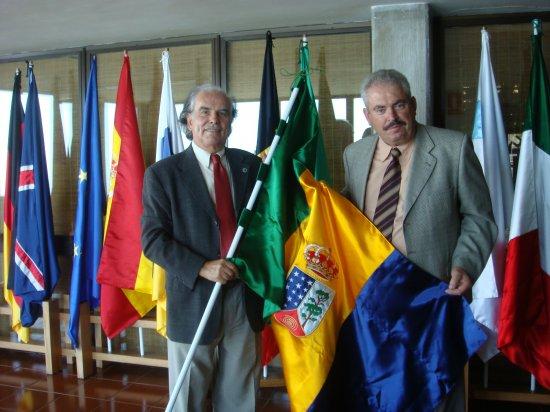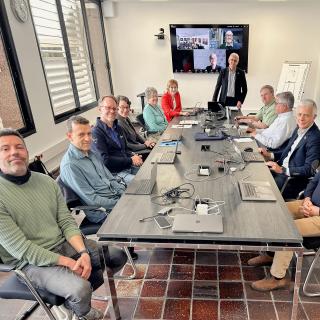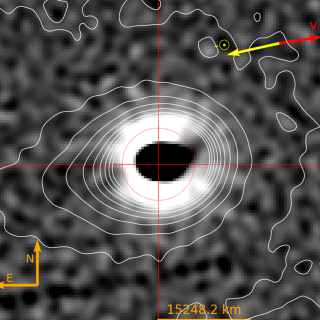Advertised on
El alcalde de la Villa de Garafía, Abilio Reyes, hizo entrega hoy de la bandera del municipio al director del Instituto de Astrofísica de Canarias (IAC), Francisco Sánchez.
El acto de entrega, que tuvo lugar en el Observatorio del Roque de Los Muchachos, simboliza la permanente cooperación entre el ayuntamiento de este municipio palmero y el IAC.
La colaboración entre ambas instituciones se remonta a 1975, cuando el ayuntamiento de Garafía cedió los terrenos para la construcción de lo que es hoy en día el Observatorio, punto de referencia para la comunidad astrofísica internacional.



